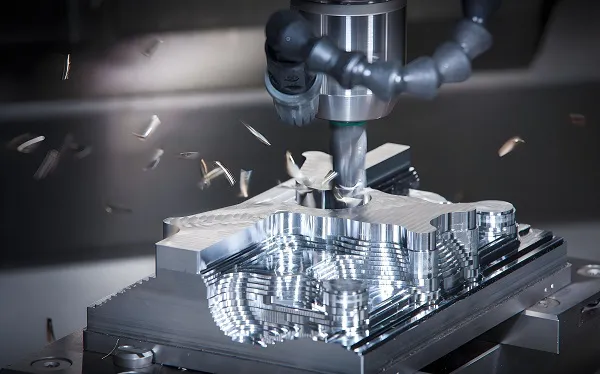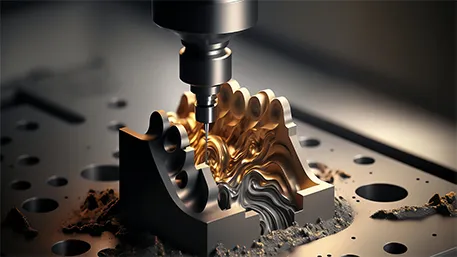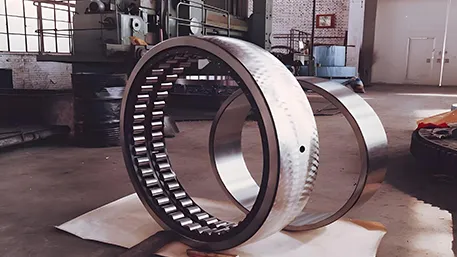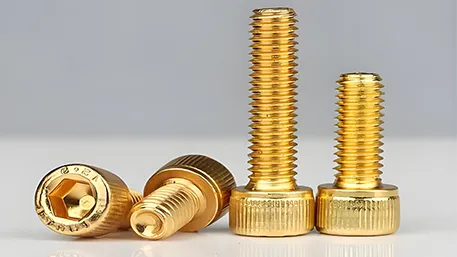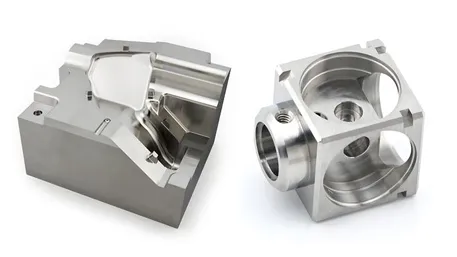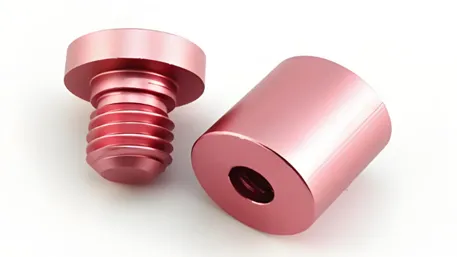Driven by the dual demands of intelligent manufacturing and lightweighting, sheet metal stamping technology is undergoing a revolutionary upgrade. This article, combined with cutting – edge industry practices and engineering data, deeply analyzes the process innovation, material breakthroughs, and scenario – based applications of sheet metal stamping, providing a reference for technological decision – making in the manufacturing industry.
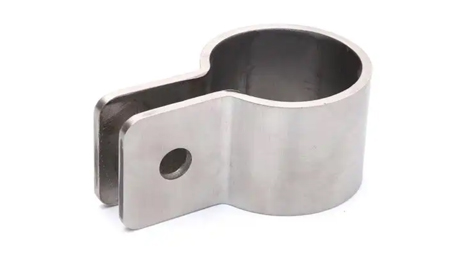
I. Material Evolution: From Basic Sheets to Functional Solutions
The performance foundation of sheet metal stamping parts begins with breakthroughs in materials science. The current mainstream technological routes show three major trends:
Application of Lightweight Alloys
In the new energy vehicle field, the third – generation aluminum – silicon – coated steel sheet is used, with a tensile strength of 1500MPa. It can achieve a 25% weight reduction while meeting collision safety standards.
For 5G base – station heat sinks, copper – graphene composite sheets are used, with a thermal conductivity increased to 550W/m·K, a 40% increase compared to traditional copper materials.
Functional Surface Treatment
Nano – imprinted stainless steel is applied to home appliance panels, achieving an antibacterial rate of 99.9% and anti – fingerprint properties.
Micro – arc oxidation technology is used for aerospace sheet metal parts, with a salt – spray corrosion resistance time exceeding 3000 hours.
Innovation of Sustainable Materials
Bio – based biodegradable aluminum alloys have entered the experimental stage, reducing recycling energy consumption by 60%.
Steel scrap recycling technology reduces the carbon footprint of automotive sheet metal parts by 35%.
II. Upgrade of the Process System: The Paradigm Shift of Precision and Efficiency
Based on the 2025 technology roadmap of global leading enterprises, modern sheet metal stamping processes form four innovative modules:
Intelligent Mold System
Modular combined molds can achieve rapid model changeovers within 5 minutes, supporting the compatible processing of sheets with a thickness of 0.2 – 6mm.
Self – lubricating mold coating technology extends the stamping life to more than 3 million times and triples the maintenance interval.
Dynamic Forming Control
Servo – motor – driven technology enables stepless adjustment of the stamping speed from 0.01 – 1200mm/s, and the forming accuracy of complex curved surfaces reaches ±0.03mm.
The laser online detection system compensates for springback errors in real – time, controlling the debugging reject rate within 0.5%.
Composite Processing Technology
The stamping – bending integrated technology reduces process transfers by 60%, typically applied in the processing of chassis enclosures.
The design of micro – joints enables the automatic sorting of progressive die stamping parts, increasing production efficiency by 40%.
III. In – depth Reconstruction of Industry Applications
Structural Parts for New Energy Vehicles
The integrated battery pack housing uses multi – station transfer die technology, and the deep – drawing ratio of 6 – mm – thick aluminum alloy sheets breaks through 2.5:1.
For the stamping of ultra – thin silicon – steel sheets (0.1mm) for motor stator cores, the iron loss is reduced to 0.8W/kg.
Precision Components for Consumer Electronics
The folding – screen hinge components go through 18 precision stamping processes to achieve no failures in 100,000 folding tests.
For the antennas of smart wearable devices, the LDS (Laser – Direct – Structuring) stamping process is used, increasing integration by 70%.
Core Components of Industrial Equipment
Mirror stamping technology is applied to the vacuum chambers of semiconductor equipment, with a surface roughness Ra ≤ 0.05μm.
The flexible wheel of the robot harmonic reducer uses a progressive stamping hardening process, with a fatigue life exceeding 30,000 hours.
IV. Digital Quality Control System
Through the construction of a full – process data closed – loop, a revolutionary breakthrough in quality control is achieved:
Cloud Optimization of Process Parameters
The AI model trained based on historical data automatically recommends the optimal stamping speed – pressure curve, shortening the debugging time by 80%.
Deformation Prediction System
By integrating material phase analysis data, it can predict the springback of complex structural parts, with a compensation accuracy at the 0.01mm level.
Mold Health Monitoring
Embedded sensors collect the stamping vibration spectrum in real – time and can issue an early warning of abnormal mold wear 48 hours in advance.
V. Future Technology Map
Green Manufacturing Technologies
Water – based stamping lubricants achieve zero VOC emissions, reducing subsequent cleaning water consumption by 85%.
The waste intelligent sorting system has a metal recovery rate of 99.5%.
Applications of Digital Twin
The process simulation system can predict the mold deformation trend after one million stampings.
Blockchain technology enables full – process data tracing for each batch of products.
Technology Empowerment Path
To accelerate the technological upgrading of enterprises, we provide:
Online Process Simulation Platform: Upload a 3D model to automatically generate a feasibility report and cost estimate.
Industry Solution Packages: Including practical documents such as “New Energy Vehicle Stamping White Paper” and “Precision Electronics Stamping Guide”.
Agile Prototyping Service: Rapid prototyping within 72 hours, supporting small – batch flexible production.
(Note: The technical parameters in this article are quoted from industry technical white papers and engineering verification data. Feasibility demonstrations need to be carried out according to project requirements for specific implementation.)

